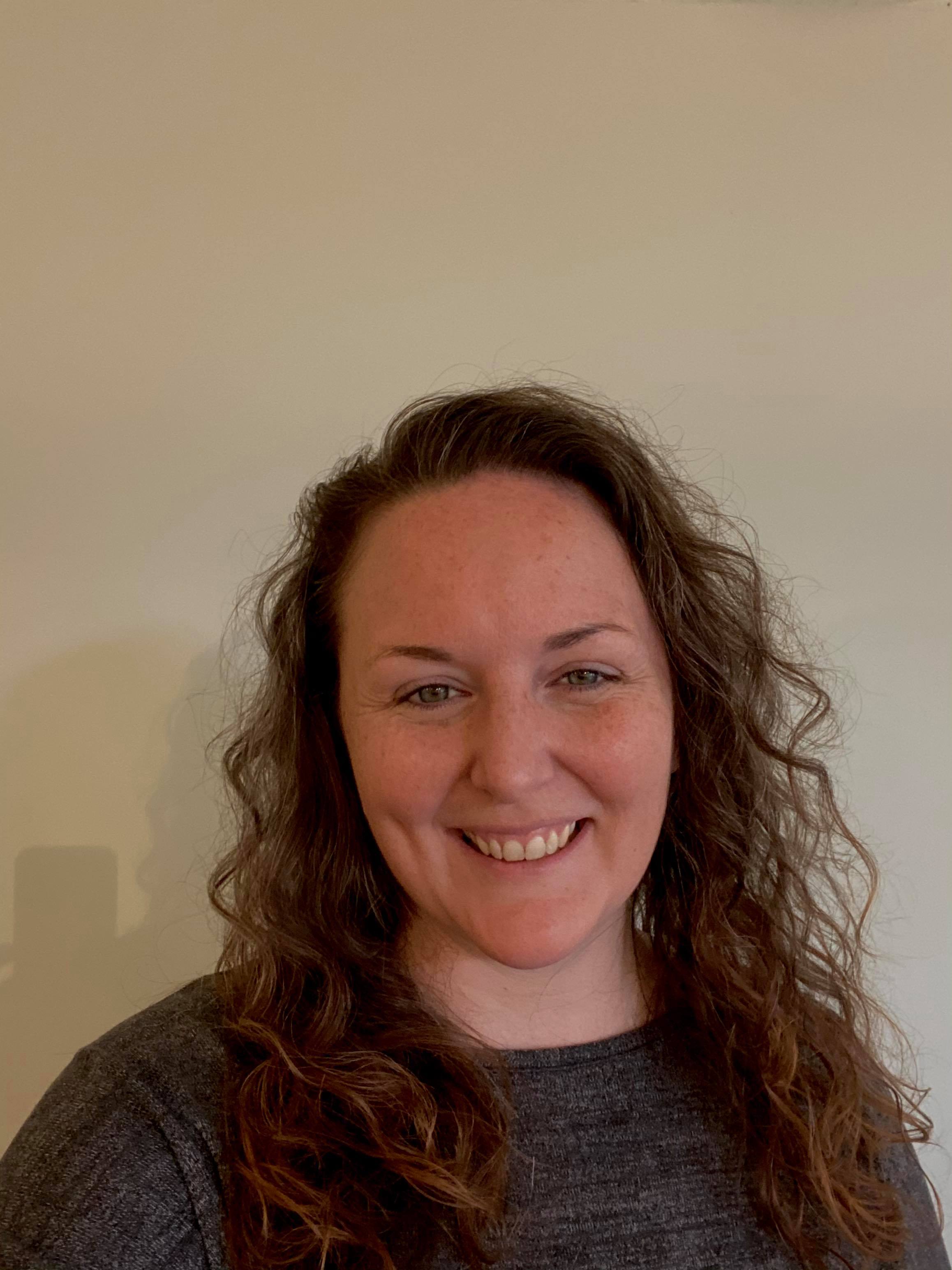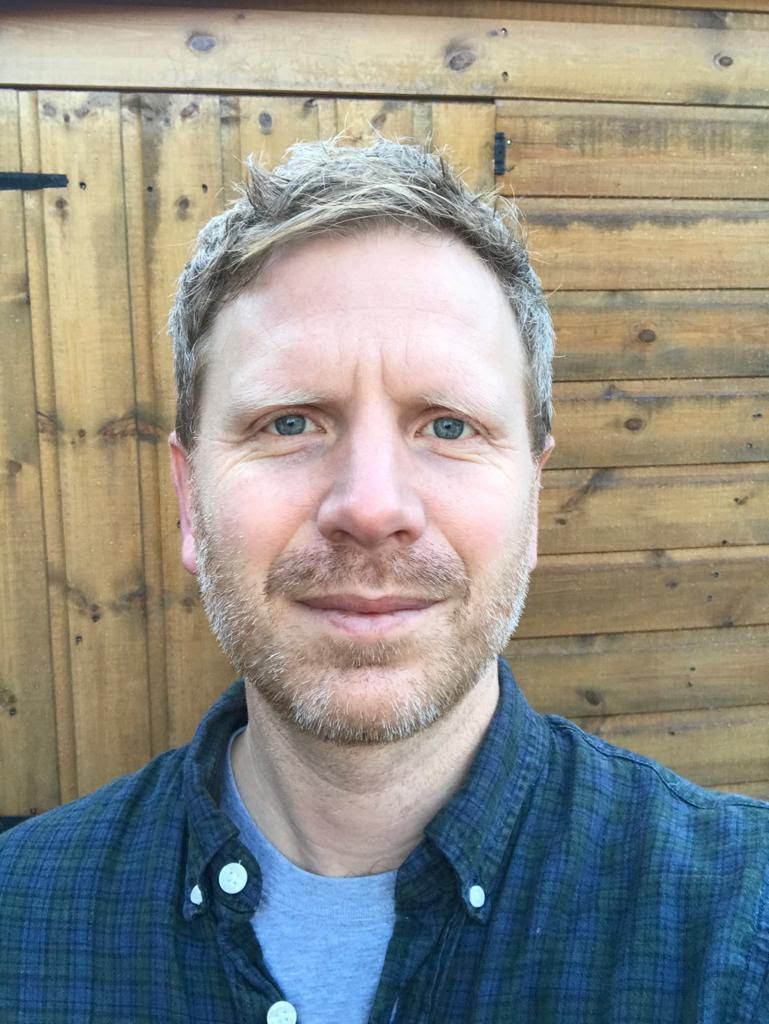The art of Imagination
“Now to him who is able to do immeasurably more than all we ask or imagine, according to his power that is at work within us…” Eph 3:20
If we are going to play a role in the rebuilding of our towns and cities, we need to learn the art of prophetic imagination, allowing ourselves to dream some dreams with God and cultivating the courage to pray and walk into those dreams.
Some people find it easier to dream and imagine than others. Children generally find it easier because their minds are not filled with many concerns, worries, responsibilities, fears of failure and all the things that abort creative imagination and dreaming.
The reason why teenagers and young adults are so powerful is that they still have the ability to dream and they can start to put some of their hopes and desires into action.
I believe that God is calling his people to learn to dream again, but it is a gift that you need to ask for and be ready to receive.
Firstly, we need to recognise that we serve a limitless God with endless resource and power. Place yourself in God’s shoes. If you were going to share some important information with someone, you would want their undivided attention. You would want them to take notes, listen intently and not interrupt!
Knowing that he is the God of the impossible, when we spend time in his presence and marvel at who he is and what he can do, we need to place ourselves under his authority. He is the architect, he is the one who has the design mapped out, it is HIS will that we are wanting, not our own.
When I come into God’s presence, I have to go through a process of writing down all the fears, anxieties, and worries that are already clogging up my thinking. One by one these are spoken and given to God – a process of weeding! I then spend time on my knees, bowed low in an act of submission and an understanding that I am simply here to serve and see God’s will be done. There is a power in this that we often overlook. Throughout the Old Testament, prophets would physically do symbolic acts to show God that they were serious, but it also sends a clear message of authority to our mind, body, soul and spirit.
From this place of clearing out the potential blockages, and submission to who God is, we have cleared the way for God to speak and plant his dreams into us.
We need to be prepared for God to speak throughout the day as well as at night. He may speak through the most mundane activity, or simply through a few words you hear spoken by someone. He will give you dreams through the night that have clear significance for the present and the future. Writing these down in as much detail as possible is really important. I was given dreams 15 years ago that have materialised only recently.
My one piece of advice is this, dreams from God need protecting, nurturing, watering. They sometimes need to be shared with others, and sometimes they need to be sheltered for a while. God is a loving Father who cannot wait to share his heart with us – he is just waiting for us to be ready.

